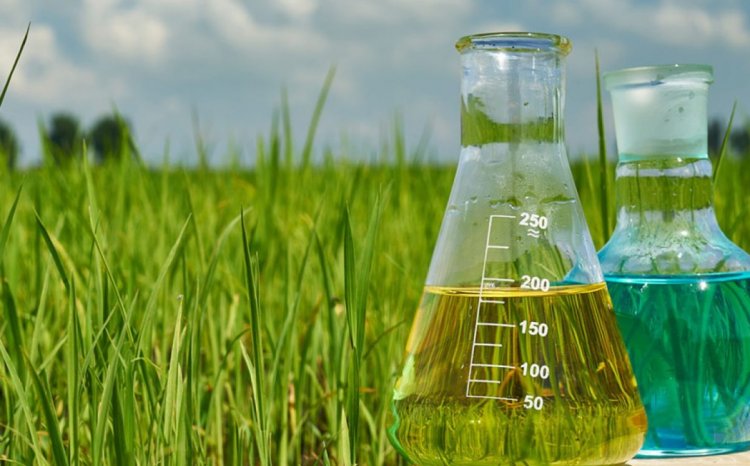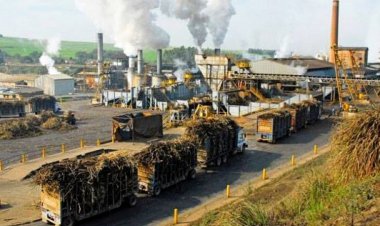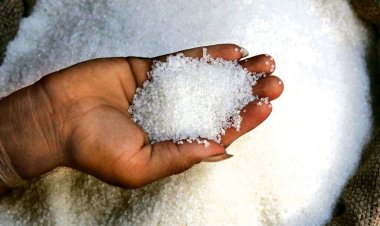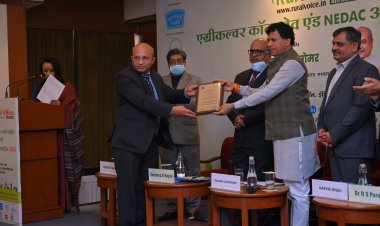Indian agrochemical sector poised for 9pc CAGR growth by FY28
The growth will propel the market size of the Indian agrochemical industry to $14.5 billion by FY28 from the current levels of around $10.3 billion, the report said, adding that India’s agrochemicals exports registered a strong 14 per cent CAGR from FY2019 to FY2023, reaching $5.4 billion in FY2023.

Driven largely by government support, expanding production capacities, a flourishing domestic and export market, and a steady stream of innovative products, the Indian agrochemicals industry is projected to clock a robust compound annual growth rate (CAGR) of nine per cent from FY2025 to FY2028, says a report by Rubix Data Sciences, a leading risk management and monitoring company.
This steady growth will propel the market size of the Indian agrochemical industry to $14.5 billion by FY28 from the current levels of around $10.3 billion, the report said, adding that India’s agrochemicals exports registered a strong 14 per cent CAGR from FY2019 to FY2023, reaching $5.4 billion in FY2023.
This impressive export growth stands in stark contrast to imports, which registered a more moderate 6 per cent CAGR during the same period, thus solidifying India’s position as a net exporter, it said.
The report noted that within the agrochemicals sector, herbicides have emerged as the leading export segment, experiencing the fastest growth at 23 per cent CAGR from FY2019 to FY2023. The share of herbicides in total agrochemical exports increased from 31 per cent to 41 per cent during the same timeframe.
It said that the Indian agrochemicals export landscape reveals a growing concentration in key markets.
The top five countries (Brazil, USA, Vietnam, China, and Japan) now account for nearly 65 per cent of India’s agrochemical exports, up from 48 per cent in FY2019. India’s domestic agrochemicals usage currently totals a mere 0.6 kg per hectare, which is a fraction compared to the Asian average (3.6 kg/ha) and a mere quarter of the global average (2.4 kg/ha).
“This low utilisation signifies immense potential for market expansion in the coming years, presenting a fertile ground for industry growth,” the report said. It, however, added that the road ahead for the sector is not without its fair share of challenges.
“Global economic uncertainties pose a risk, as do intensifying competitive pressures from established players like China. Climate change further complicates the equation, with unpredictable monsoons disrupting agricultural patterns and impacting crop yields,” the report added.



 Join the RuralVoice whatsapp group
Join the RuralVoice whatsapp group






































